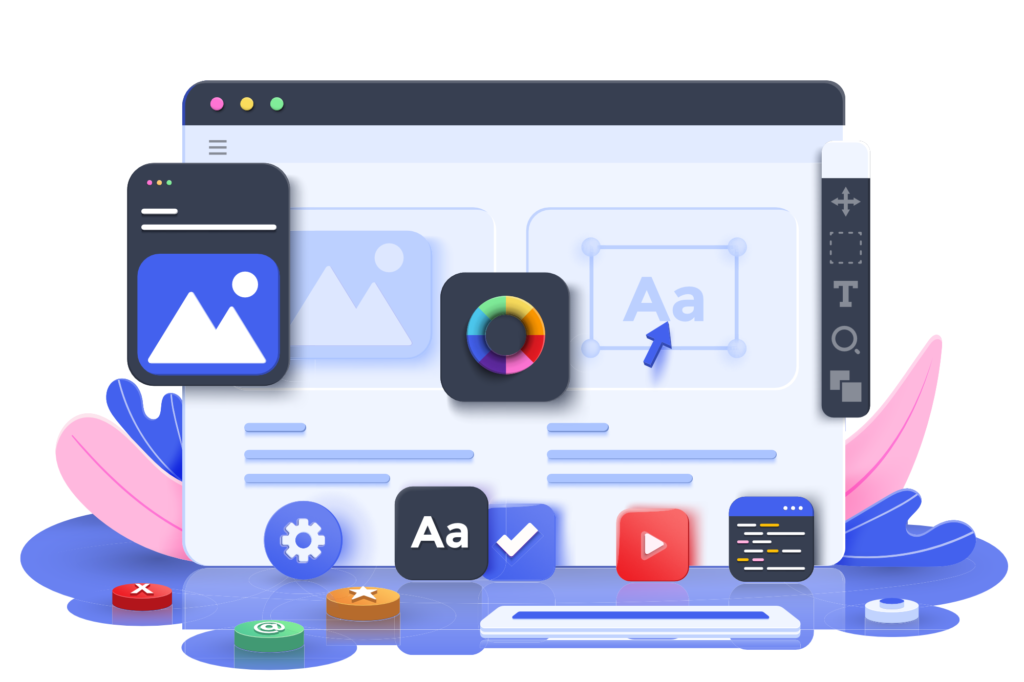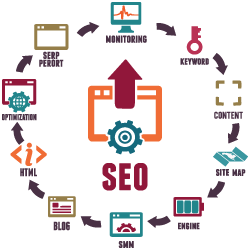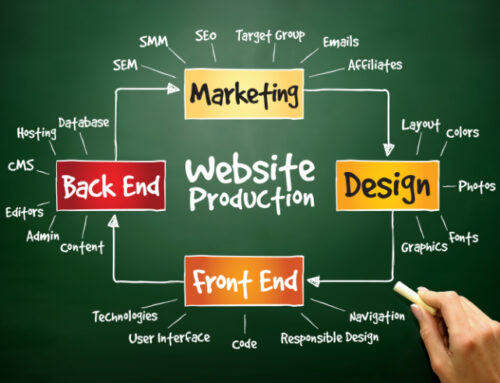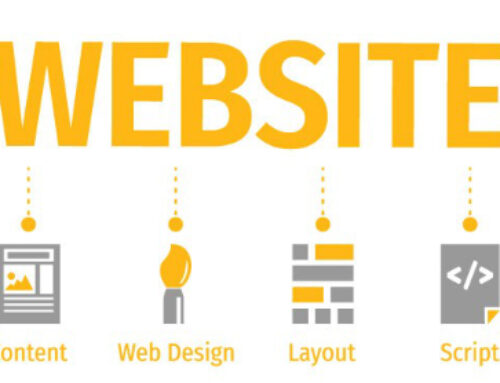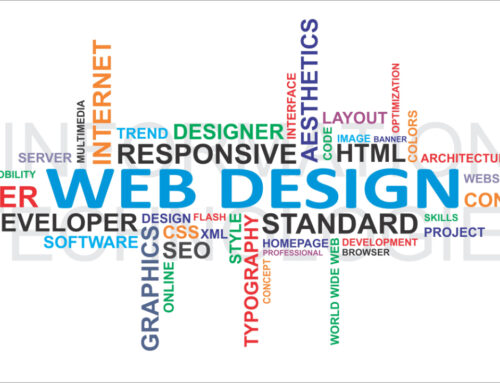
User-Centric Design In today’s digital age, businesses must understand that user-centric design is at the heart of successful web design. The foundation for an outstanding user experience rests on clear navigation, an intuitive layout, and a responsive design that makes the site accessible no matter the device used. The key to success in web design is to keep the user’s needs at the forefront by ensuring the website is intuitive, easy-to-use, and visually appealing. To do this, UX/UI designers employ techniques such as incorporating appealing visual elements, optimizing page loading speeds, and ensuring the site is SEO-friendly. By focusing on accessibility, ease of use, and interactive design, businesses can provide their users with a seamless experience that makes them want to stay and engage with the site for longer periods. Visual Hierarchy Web design isn't just about creating a beautiful layout or flashy graphics. It's [...]
User-Centric Design
In today’s digital age, businesses must understand that user-centric design is at the heart of successful web design. The foundation for an outstanding user experience rests on clear navigation, an intuitive layout, and a responsive design that makes the site accessible no matter the device used. The key to success in web design is to keep the user’s needs at the forefront by ensuring the website is intuitive, easy-to-use, and visually appealing. To do this, UX/UI designers employ techniques such as incorporating appealing visual elements, optimizing page loading speeds, and ensuring the site is SEO-friendly. By focusing on accessibility, ease of use, and interactive design, businesses can provide their users with a seamless experience that makes them want to stay and engage with the site for longer periods.

Visual Hierarchy
Web design isn’t just about creating a beautiful layout or flashy graphics. It’s also about creating a seamless UX/UI experience that guides visitors through your content clearly and intuitively. Visual hierarchy is a crucial component to achieving this, using the strategic placement of essential elements and information to improve the user experience and boost SEO by signaling to search engines what content is most relevant. With the right color, contrast, and typography, designers can effectively guide users through a website, ensuring they find what they’re looking for quickly and easily. So, when designing a website, remember that a clear visual hierarchy is key to enhancing the user experience and search engine ranking.

Compelling Copywriting
Crafting compelling copywriting is an art form, much like UX/UI or web design. It requires a delicate balance of creativity, strategy, and technical expertise to ensure that your message reaches its intended audience with maximum impact. By showcasing your skills in these areas, you communicate to users that you understand the nuances of design principles and that you can effectively communicate them in an engaging and informative manner. This holistic approach to copywriting is crucial for optimizing SEO and ensuring a great user experience, and it is the mark of a true professional in the field.

Interactive Elements
As a modern designer, creating a seamless user experience (UX) and user interface (UI) that engages visitors and encourages them to stay on your website is essential. One way to do this is by incorporating interactive elements where appropriate. Interactive elements like animations, sliders, or other dynamic features can create a more engaging and memorable user experience. Not only will this enhance the UX, but it can also improve search engine optimization (SEO) by keeping users on your site for more extended periods. As a result, you should consider using interactive elements when designing your next website to create a more engaging and successful user experience.

SEO Optimization
In today’s digital age, having a robust online presence is crucial for businesses looking to thrive. However, creating a website that stands out can be challenging. One of the key elements of a successful website is ensuring that your cornerstone content is well-optimized for search engines. By using relevant keywords, including meta tags, and providing alt text for images, you can significantly improve discoverability, which is critical for attracting new users to your site. In addition to SEO optimization, prioritizing UX/UI and web design elements on your website can make a big difference in user engagement and conversions. Don’t underestimate the power of these minor tweaks – they can make a world of difference in your online success.

Stay Current
Web design is a field that is constantly changing and evolving. With the ever-growing importance of UX/UI and SEO, it’s essential for designers to stay current with the latest trends and best practices. This means periodically updating your cornerstone content to reflect these changes. By doing so, you can ensure that your website remains relevant and engaging for your audience. Whether incorporating new design elements or optimizing your site for search engines, staying on top of the latest developments in web design is crucial for success. Don’t let your website fall behind the times – keep up with the latest trends and technologies to ensure a great user experience for your visitors.


